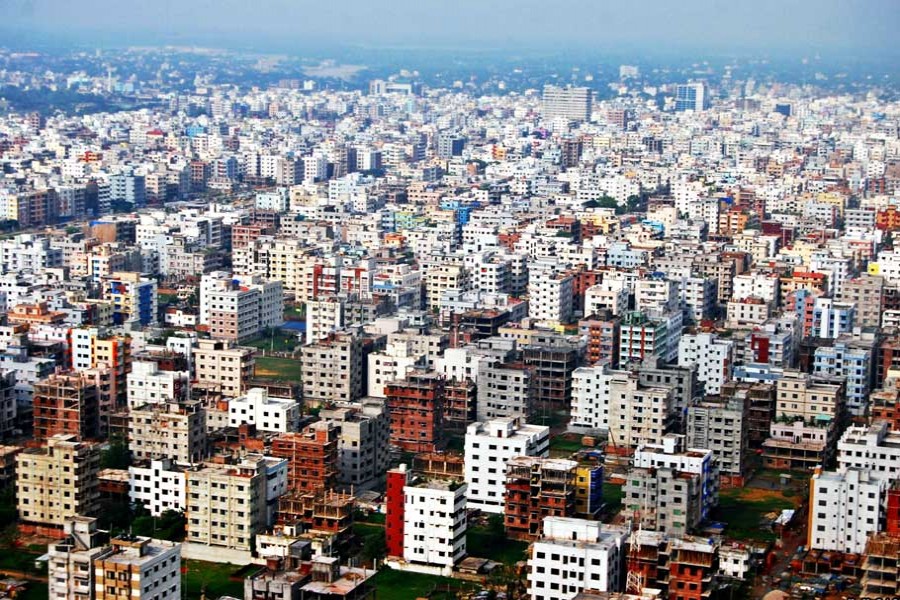Added to poor air quality and lack of civic amenities, the question of greenery in Dhaka has now come to figure in the pages of newspapers. A study by the World Bank has mentioned that green areas in Dhaka have shrunk by over four per cent in the decade between2006 and 2017. The Bank report also noted issues like public spaces and road connectivity as being utterly inadequate compared to other cities in region and elsewhere in the world. Per capita green area in the Bangladesh capital was only 4.8 square metres in 2017. The study also found a concentration of public spaces in the western and central parts of the city. Whereas the Pakistani city of Karachi had a high 95 per cent of people living within 400 metres of open and green areas, in Dhaka's case it is 74 per cent. The other city under the study was the distant Lima of Peru in South America. These remarks from the study are indeed not soothing to hear: "Despite its rapid urban growth, Dhaka is ranked as one of the least liveable cities in the world…" Those who live in this city know these things from their bitter experience.
Other previous studies also noted the extent of liveability of the city. About 82 per cent of the total area of capital city is covered by veritable concrete jungles. Wetlands decreased to around four per cent from around fifteen per cent twenty years back. Not that these were never in the minds. Indeed, regular studies and newspaper reports always kept the issue of Dhaka's precarious condition alive. Even a hundred years ago, a green belt was proposed for Dhaka, where trees had to be planted. Even in the fifties and sixties of the last century, this city boasted of open fields and parks. Now all those appear a dream. Side by side with scribes, the government has also, from time to time, initiated endeavours on both legal and administrative fronts to save the good sides of the urban areas. However, it seems there are coteries and groups who are more powerful than the authority. Canals have been swallowed, rivers made almost extinct, and the so-called DAP (Detailed Area Planning) for Dhaka city has become only an expression on documents. That the DAP could not be adhered to has been a drag on planned growth of the city. All these have presented us with a new Bengali word 'Bhumi-dosshu' (land dacoits) for the people who have not only stopped at grabbing government 'khas' land and rivers, but also flouted all regulatory norms and building codes.
Nevertheless, all is not lost. For the green aspect of the World Bank study, if not open space for the public, a recent trend in tree plantation and roof-top gardens appear to yield incremental advancements. Indeed, in the very recent years, greenery has shown a few per centage points of rise due to efforts taken by all quarters, specially the environmental lobby, whose continuous pressure on the land-grabbers appear to yield result in the shape of greater vigil against the menace. What the government needs to do is to complete the ongoing development works along the big thoroughfares of the city at the fastest pace and decorate them with greenery wherever possible. The parks in the city like the Ramna Greens, Suhrawardy Udyan, Chandrima Udyan, Botanical Garden, and other open spaces like the Mirpur Zoo, Tejgaon Airport and the greenery around the Parliament building must be protected at any cost. We cannot allow this city of eighteen million people to suffer bad quality air; or from the risks of claustrophobia. Let a new Dhaka emerge with the participation of all.


